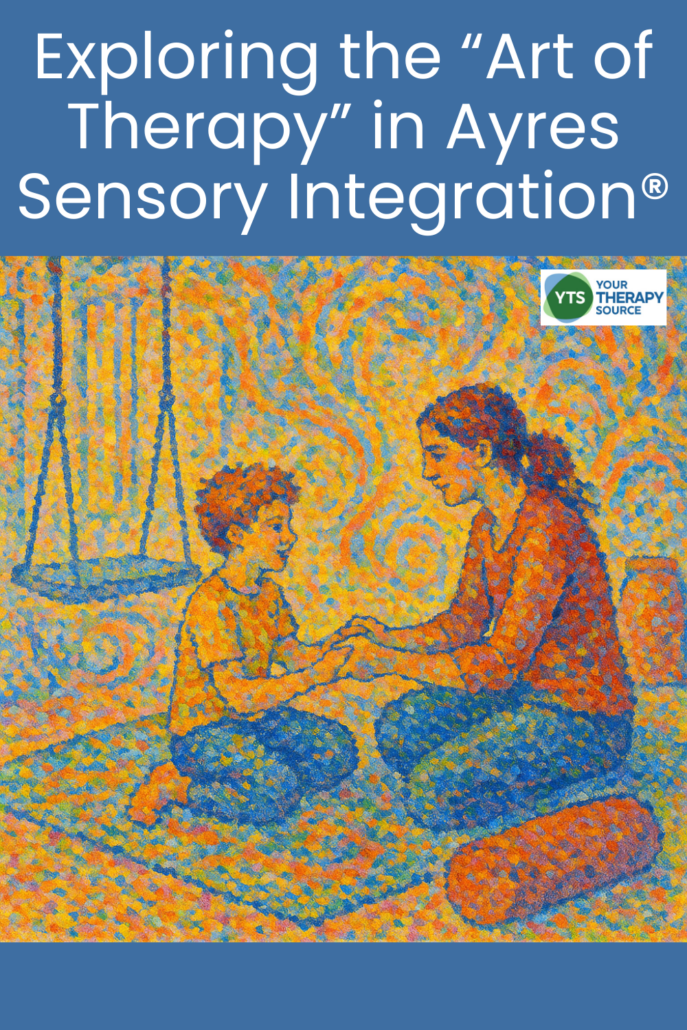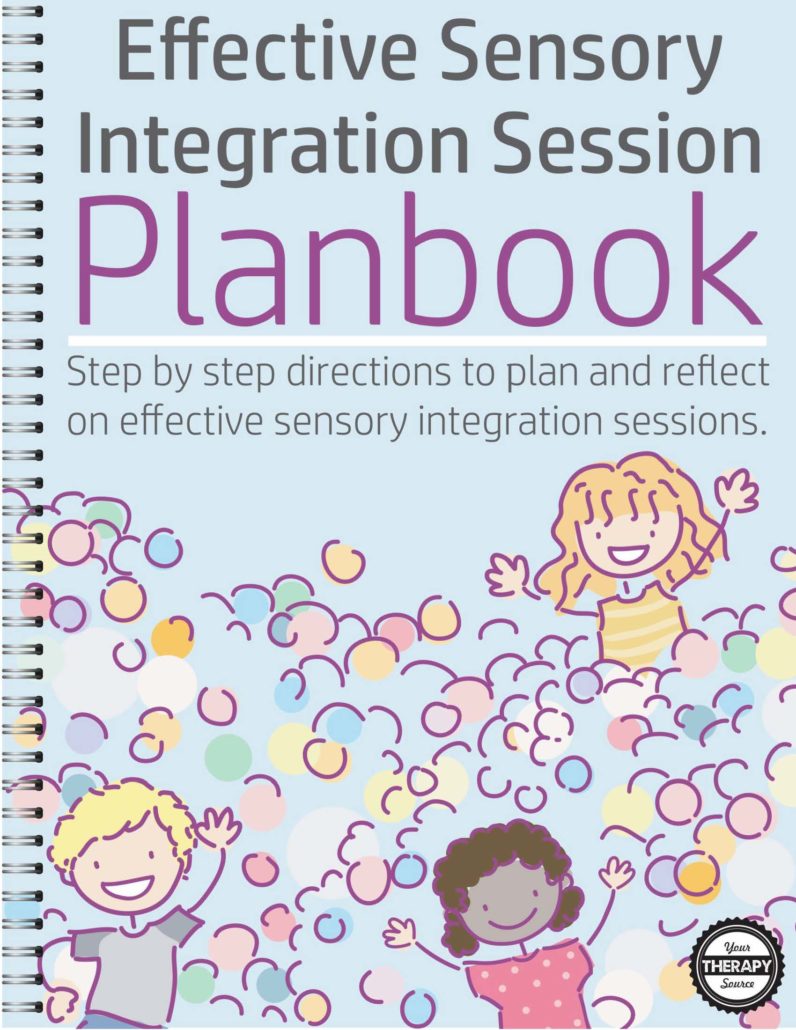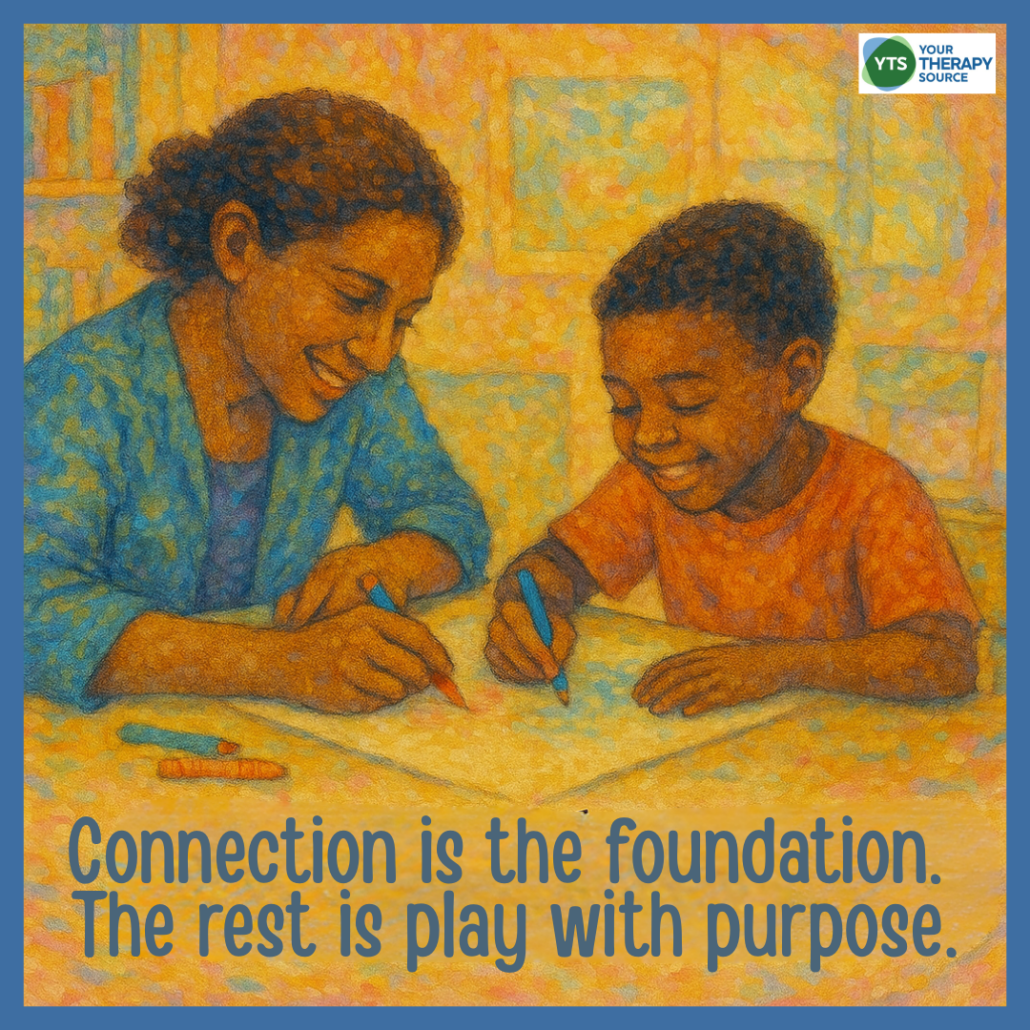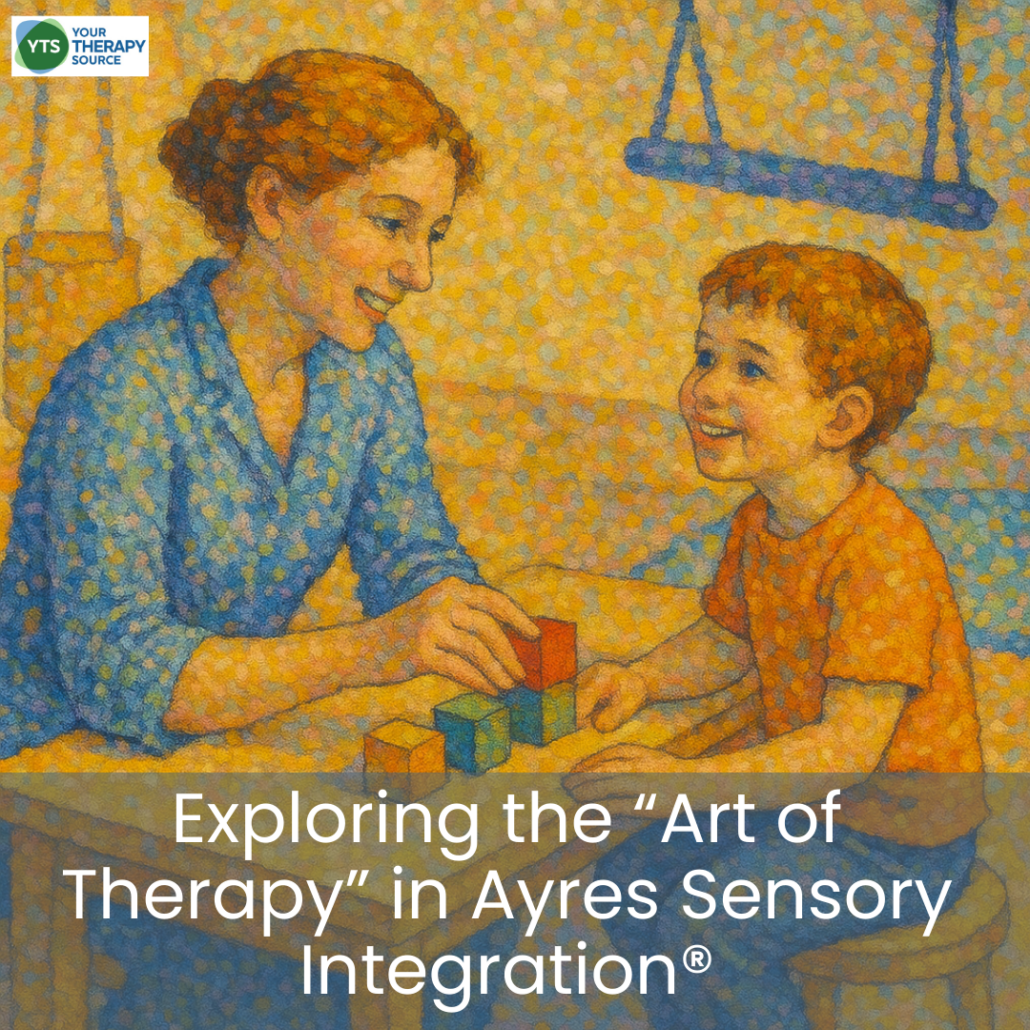Exploring the Art of Therapy in Ayres Sensory Integration®
A recent qualitative study published in PLOS ONE offers meaningful insight into what makes therapy effective when using the Ayres Sensory Integration approach. The research by Williams and Daly-Lynn (2025) highlights the importance of human connection, carefully setting the “just right challenge,” and experiencing “flow” during therapy sessions. For school-based occupational therapists, physical therapists, special educators, and parents, this study helps illustrate the deeper value behind the art of therapy and what may appear to be simple play.

What Is the Art of Therapy?
In Ayres Sensory Integration, the art of therapy refers to the nuanced and responsive way a therapist builds connection, adapts activities, and fosters engagement. It involves reading the child’s cues, adjusting the environment, and guiding the session so that the child is appropriately challenged and intrinsically motivated. These therapeutic elements go beyond technique and are best described through the lived experiences of therapists.
How the Study Was Conducted
Eight experienced pediatric occupational therapists in private practice participated in this study. They kept reflective journals over the course of a month and took part in individual interviews. The researchers then analyzed the data using reflective thematic analysis to explore the therapists’ perspectives on the therapeutic process.

Effective Sensory Integration Session Planbook
The Human Connection
Therapists described a deep and responsive relationship with the children they worked with. They explained how being emotionally attuned and physically close helped create a sense of safety and trust. Some compared this connection to a dance or a shared rhythm. While connection didn’t always come easily, especially with non-verbal or resistant children, therapists emphasized that persistence and understanding were key. This strong therapeutic relationship often became the foundation for effective intervention.

Setting the Scene for Success
The therapists agreed that successful sessions relied heavily on preparation. This meant conducting thorough assessments, understanding what motivates each child, and setting the just right challenge that promotes an adaptive response. Scaffolding was seen as a vital part of this process, whether through small adjustments in the environment or subtle therapist support during activities.
Read more about the Just Right Challenge here:
The Just Right Challenge
Experiencing Flow
Flow was described as a shared experience between the therapist and the child. In these moments, time seemed to disappear and everything felt natural and spontaneous. Therapists noted that while clinical reasoning is always present, during flow it often happens at a subconscious level. These were the sessions where real breakthroughs occurred and both the child and therapist felt a sense of achievement.
Learning Through Experience
A strong message from the study was that the art of therapy cannot be fully learned through reading or virtual coursework alone. The therapists stressed the importance of hands-on experience and observing skilled mentors. Watching how experienced therapists foster engagement and respond in the moment helped them internalize what flow and connection look and feel like in practice. This has important implications for how we train therapists, especially as virtual learning becomes more common.
Practical Implications
Therapists benefit from ongoing mentorship and experiential learning to refine their skills. Schools can support therapy outcomes by making room for relationship-based, play-driven approaches. Parents can also be part of the process by understanding the principles of Ayres Sensory Integration and how they apply at home. Supporting connection, challenge, and flow benefits everyone involved in the child’s development.
Key Points and Actionable Tips
- Prioritize relationship-building
Create emotional and physical safety before introducing challenging tasks. Take time to get to know what excites, soothes, or overwhelms the child. - Understand the child’s sensory profile thoroughly
Use assessment data to guide your choice of activities and adapt them in real time to match the child’s readiness and motivation. - Use scaffolding during therapy
Support success by adjusting tasks subtly—whether stabilizing equipment, offering verbal cues, or grading intensity. - Recognize and cultivate flow
Notice signs like deep engagement, joy, and seamless transitions. These moments often bring the greatest gains. - Observe experienced therapists whenever possible
Mentorship and modeling help internalize the “feel” of effective therapy. When direct observation isn’t possible, video recordings or guided reflection can help. - Educate caregivers about your approach
Invite parents to observe sessions and explain how play, safety, and challenge combine to support long-term progress. - Embrace flexibility and reflection
Not every session will go as planned. Build in time to reflect, adjust, and reconnect with your therapeutic goals.
Other Helpful Resources
Free Poster: Strategies for Effective Sensory Integration Sessions
Understanding the Just Right Challenge
Sensory Integration at School
Sensory Integration Exercises
Ayres Sensory Integration for Children with Autism
Reference
Williams, B.M., and Daly-Lynn, J. (2025). A qualitative exploration of the therapeutic characteristics of the art of therapy: Perspectives on Ayres Sensory Integration. PLOS ONE, 20(5), e0322433. https://doi.org/10.1371/journal.pone.0322433



